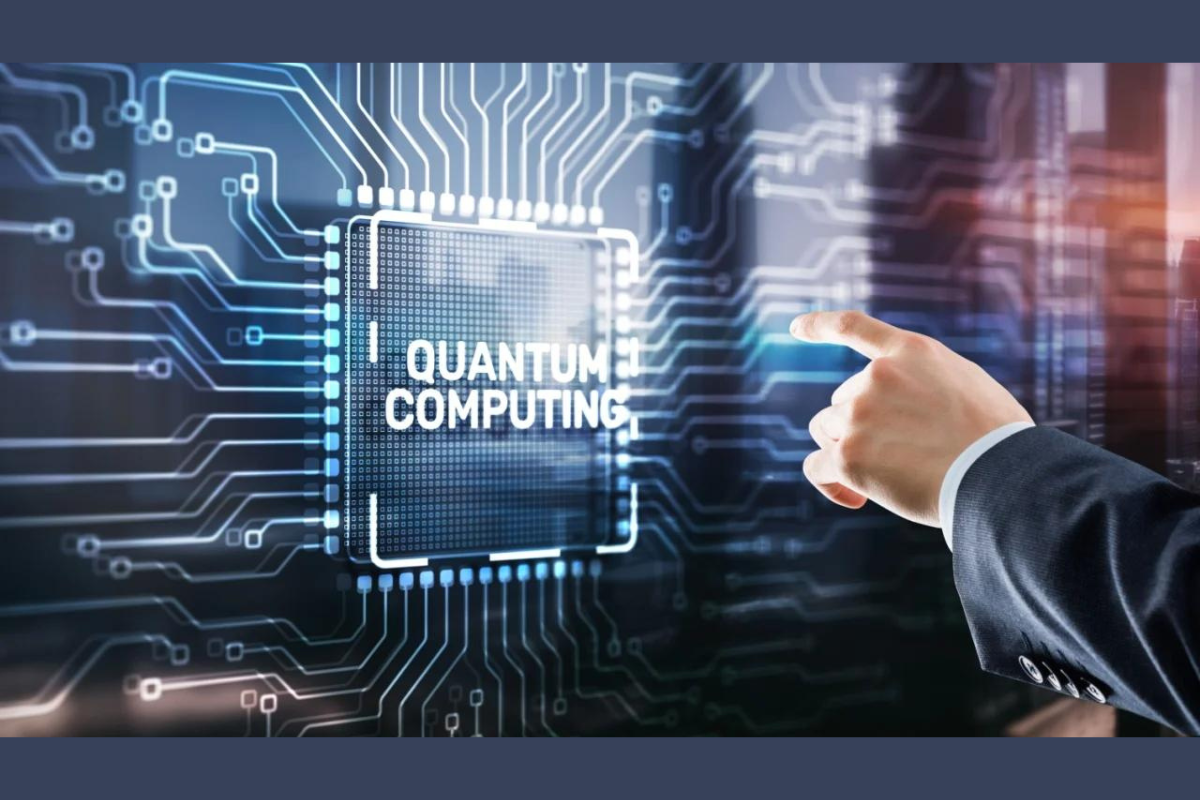Blockchain
Huobi Launches Its Own Blockchain In Public Beta

Huobi Group today announced the public testnet launch of Huobi Chain, an open-source public blockchain designed for providing a global, blockchain-based, digital asset financial infrastructure. The high-performance decentralized finance (DeFi) chain is now live for beta testing. Created in partnership with technical development partner Nervos, Huobi Chain provides a regulator-friendly blockchain framework for financial organizations to deploy DeFi services and applications, including their own blockchains, tokenized assets, payments and identity verification, lending services, decentralized exchanges, and more.
“DeFi has become one of the most promising applications of blockchain technology but its future requires both sides—regulators and enterprises—to work together to establish the standards and guidelines of the new decentralized economy,” said Ciara Sun, VP of Global Business at Huobi Group. “With Huobi Chain, we want to provide the decentralized framework that facilitates industry-wide collaboration, which is critical to the widespread adoption of DeFi.”
Regulator-Friendly Network
To encourage increased collaboration between regulatory agencies and the private financial sector, Huobi Chain adopts a flexible governance model based on a variation of the Delegated Proof-of-Stake (DPoS) consensus algorithm. This flexible design enables Huobi Chain to support both regulators and enterprises on the blockchain through unique features like regulatory nodes, which allow regulators to contribute to the network as validators.
Industry-standard identity protocols like Know Your Customer (KYC) verification ensures the network meets Anti-Money Laundering (AML) requirements. Huobi Chain also utilizes a Decentralized Identifier (DID) system to provide verifiable, decentralized digital identities on its network, making cross-border compliance and regulation more easily achievable at scale.
Finance-Specific Framework
Huobi Chain was purpose-built for the financial services industry and is fully open-source to provide the flexibility needed for open financial markets. Its customizable DeFi service protocol allows users and third-party developers to custom-build financial applications to their specific needs and use cases.
Huobi Chain’s high-performance architecture is designed to support high-volume transactions critical to the financial services industry. Features like cross-chain interoperability, multi-asset support, smart contract capabilities, and multi-and-sidechain architectures also provide banks and financial institutions with a highly flexible, globally scalable framework.
The chain’s proprietary asset management capabilities will provide support for a wide variety of on-chain and cross-chain asset management services across popular digital assets like BTC and ETH, as well as Huobi-launched assets like HT, HBTC, and HUSD.
Blockchain Innovation
As the world’s first public blockchain with on-chain governance and regulatory framework, Huobi Chain offers innovative features that push the boundaries of blockchain.
Developed to be interoperable with a wide variety of centralized and decentralized networks, Huobi Chain supports user-deployed smart contracts, third-party side-chains, and multiple languages. The testnet currently supports smart contracts written with C programming language but Huobi Chain will provide future support for other programming languages to further expand ecosystem development.
For further details about Huobi Chain’s features, visit
https://huobiglobal.zendesk.com/hc/en-us/articles/900000258383
Continual Network Updates
Leading up to the network’s mainnet launch later this year, Huobi will continue leveraging its domain expertise in blockchain and financial technology to explore new opportunities to bolster the financial market infrastructure of Huobi Chain. Current priorities include expanding support for third-party developers and various asset classes, including traditional assets, as well as developing a more robust on-chain framework for compliance and regulation.
Huobi Token (HT), the native ecosystem token of digital asset exchange Huobi Global, will become Huobi Chain’s sole utility token. With a strong community base and brand recognition, HT will play a critical role in Huobi Chain’s ecosystem. HT recently hit new market highs as Huobi expands the token’s utility for the broader blockchain community.
Sun added, “By providing the infrastructure to make financial services more transparent, inclusive, and efficient, we want to help create a more equitable economy where wealth is accessible to all.”
SOURCE Huobi Group
Blockchain
Pantera Capital Plans to Raise $1 Billion for New Fund Offering Exposure to Crypto Assets

Pantera Capital is reportedly planning to raise $1 billion for a new fund that offers exposure to various crypto assets, as reported by Blockchain.News. This ambitious fundraising initiative underscores Pantera’s continued confidence in the potential of the cryptocurrency market and its commitment to providing investors with diversified investment opportunities in the digital asset space.
The new fund from Pantera Capital aims to capitalize on the growing demand for exposure to cryptocurrencies and blockchain-based assets among institutional and retail investors. By offering a comprehensive portfolio of crypto assets, the fund seeks to provide investors with access to a wide range of investment opportunities, spanning cryptocurrencies, tokens, and other digital assets.
Pantera’s decision to raise $1 billion for the new fund reflects its optimistic outlook on the long-term growth prospects of the cryptocurrency market. With increasing mainstream adoption and institutional interest in cryptocurrencies, Pantera sees significant potential for value creation and capital appreciation in the digital asset space.
As one of the leading blockchain-focused investment firms, Pantera Capital is well-positioned to attract capital from investors seeking exposure to the cryptocurrency market. The firm’s track record of successful investments and its experienced team of investment professionals are likely to bolster investor confidence and support for the new fund.
Pantera Capital’s plans to raise $1 billion for its new fund underscore its commitment to driving innovation and growth in the cryptocurrency market. As the fund attracts capital and deploys it into promising investment opportunities, it is poised to play a key role in shaping the future of the digital asset ecosystem.
Source: blockchain.news
The post Pantera Capital Plans to Raise $1 Billion for New Fund Offering Exposure to Crypto Assets appeared first on HIPTHER Alerts.
Blockchain
Existing Blockchains Can’t Adopt Post-Quantum Cryptography Without Significant User Impact, Says Johann Polecsak

Johann Polecsak argues that existing blockchains face significant challenges in adopting post-quantum cryptography without causing substantial disruption to users. This assessment highlights the complex and multifaceted nature of transitioning to new cryptographic standards in blockchain networks.
Post-quantum cryptography refers to cryptographic algorithms that are resistant to attacks from quantum computers, which have the potential to break traditional cryptographic schemes. While post-quantum cryptography offers enhanced security, implementing it in existing blockchain networks poses technical, operational, and usability challenges.
Polecsak suggests that transitioning to post-quantum cryptography could require significant changes to blockchain protocols, consensus mechanisms, and user interfaces. These changes may disrupt existing workflows, require modifications to software and hardware infrastructure, and necessitate coordination among network participants.
Furthermore, Polecsak emphasizes the importance of ensuring backward compatibility and interoperability during the transition to post-quantum cryptography. This is crucial to prevent fragmentation of the blockchain ecosystem and maintain continuity for users and applications.
Polecsak’s assessment underscores the complexities and trade-offs involved in adopting post-quantum cryptography in existing blockchain networks. While the transition promises improved security against quantum threats, it requires careful planning, coordination, and investment to minimize disruption and ensure a smooth transition for users and stakeholders. As the field of post-quantum cryptography continues to evolve, blockchain projects will need to carefully evaluate their options and strategies for implementing these new cryptographic standards.
Source: news.bitcoin.com
The post Existing Blockchains Can’t Adopt Post-Quantum Cryptography Without Significant User Impact, Says Johann Polecsak appeared first on HIPTHER Alerts.
Blockchain
Tech Trends Shaping Retail: From AI to Blockchain

Various technology trends are discussed that are shaping the retail industry, from artificial intelligence (AI) to blockchain. These trends are driving significant changes in how retailers operate and engage with customers, offering new opportunities for innovation and growth.
Artificial intelligence (AI) is highlighted as a key technology trend that is revolutionizing various aspects of the retail industry. AI-powered solutions enable retailers to analyze vast amounts of data, personalize customer experiences, optimize supply chain operations, and enhance decision-making processes. From chatbots and virtual assistants to predictive analytics and recommendation engines, AI is enabling retailers to deliver more personalized and efficient services to their customers.
Blockchain technology is another trend shaping the retail industry, offering benefits such as enhanced transparency, security, and traceability in supply chains and transactions. By leveraging blockchain, retailers can improve inventory management, streamline payments, prevent counterfeit products, and enhance trust and accountability throughout the supply chain. Additionally, blockchain enables retailers to create decentralized marketplaces and loyalty programs, providing new opportunities for customer engagement and loyalty.
Other technology trends discussed in the article include augmented reality (AR) and virtual reality (VR), which are transforming the way consumers shop and interact with products online and in-store. By enabling immersive shopping experiences, AR and VR technologies allow retailers to showcase products more effectively, reduce returns, and increase customer engagement and satisfaction.
Technology trends such as AI, blockchain, AR, and VR are reshaping the retail landscape, driving innovation, and enabling retailers to meet the evolving needs and expectations of consumers in an increasingly digital world. As retailers continue to embrace these technologies, they are poised to unlock new opportunities for growth and differentiation in the competitive retail market.
Source: 365retail.co.uk
The post Tech Trends Shaping Retail: From AI to Blockchain appeared first on HIPTHER Alerts.
-

 Blockchain Press Releases3 days ago
Blockchain Press Releases3 days agoDeFi Lens builds advanced Generative AI for Technical Analysis
-

 Blockchain3 days ago
Blockchain3 days agoVenezuela’s Oil Giant Turns to Crypto as US Sanctions Bite Again
-

 Blockchain3 days ago
Blockchain3 days agoHalving weakness sees $206 million exit crypto funds, Bitcoin miners pivot to AI
-

 Blockchain2 days ago
Blockchain2 days agoGlobal Payment Gateway Industry Report 2024: Seamless Integration with In-Game Virtual Currency Systems Enables Payment Gateways to Contribute to the Monetization Strategies of Game Developers
-
Blockchain4 days ago
PairedWorld Earns Blockchain Award Nomination, Secures $1.5 Million in Private Token Sales, and Welcomes BlackRock Venture Partner to Advisory Board
-
Blockchain3 days ago
PairedWorld Earns Nomination for Best Blockchain Project for Social Impact, Secures $1.5 Million in Private Token Sales, and Welcomes Paul Taylor Who Is a Venture Partner at BlackRock to its Advisory Board
-

 Blockchain1 day ago
Blockchain1 day agoBounceBit (BB) Megadrop Now Open: Participate by Subscribing to BNB Locked Products or Completing Web3 Quests
-

 Blockchain4 days ago
Blockchain4 days agoDeFi Technologies to Present at the Blockchain & Digital Asset Virtual Investor Conference April 25th




































